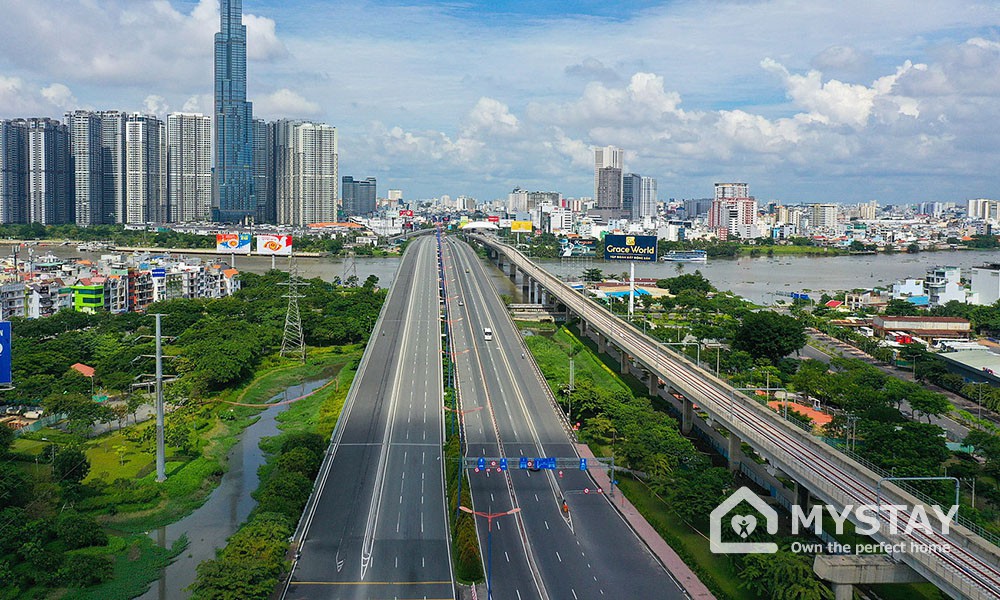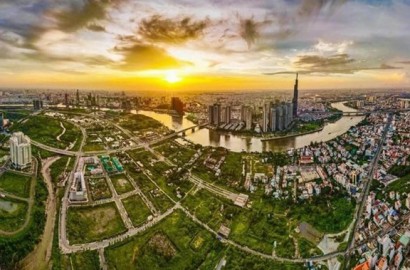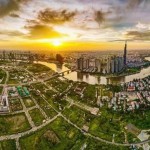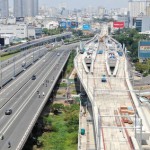Three economic growth scenarios projected for HCMC

In the best-case scenario, with economic activities resuming by September 15, the HCMC economy will only shrink by 0.85 percent this year, two universities have said.
In the medium scenario with the ongoing Covid-19 wave being controlled by September 15 and the new normal condition being established in October, the city's economy will decline 1.74 percent, according to a research by the University of Economics & Law and the HCMC National University’s Institute for Development & Research in Banking Technology.
In the worst scenario with the Covid wave lasting till the end of September, and the new normal being set up late October, HCMC's economy will down by 13.48 percent.
The research has been based on two assumptions. First, HCMC and neighboring provinces basically control the fourth wave of Covid-19 in September, so socioeconomic activities can resume in the new normal condition in October.
Second, vaccination against Covid-19 is further conducted on a large scale, so that 70-80 percent of populations of HCMC and the neighboring provinces get two doses by early fourth quarter of this year, and 70-80 percent of Vietnamese people get at least one dose by December.
"Without the State’s timely support, the unemployment rate of HCMC and the south will increase sharply in the coming time," the researchers stated.
They proposed that the government and the municipal authorities should cut taxes, increase spending on investment, employment and essential consumption.
HCMC, home to a series of industrial parks and foreign-invested firms, has been the country's largest money-maker for decades and has always been assigned the highest state budget collection target.
The city has so far recorded more than 258,500 local Covid cases. It has undergone a series of social distancing orders, with the latest extended until Sept. 15. Since August 23, the city has further tightened its travel curbs and only certain groups are allowed to go out.
Source: Vnexpress
Related posts:
A desire to breathe fresh air and relax brings many people to satellite ecological urban areas teeming with trees and river to settle down, elevating growth prospects in these areas for real estate during and after the pandemic.
The acceleration of investment in transport infrastructure is the main driving force fueling real estate stocks as many businesses with large land plots located in areas near key infrastructure projects will benefit from this process.



 Three economic growth scenarios projected for HCMC
Three economic growth scenarios projected for HCMC
 Ecological urban real estate to rebound strongly once COVID-19 is under control
Ecological urban real estate to rebound strongly once COVID-19 is under control
 Public investment pushes real estate market
Public investment pushes real estate market
 HCMC plans for development along the 1st metro route. Is it too late?
HCMC plans for development along the 1st metro route. Is it too late?